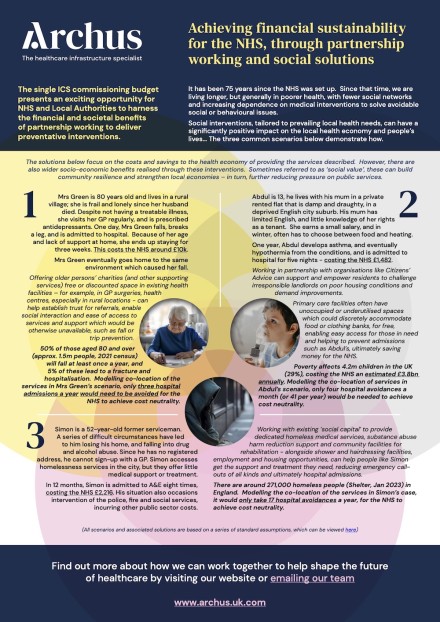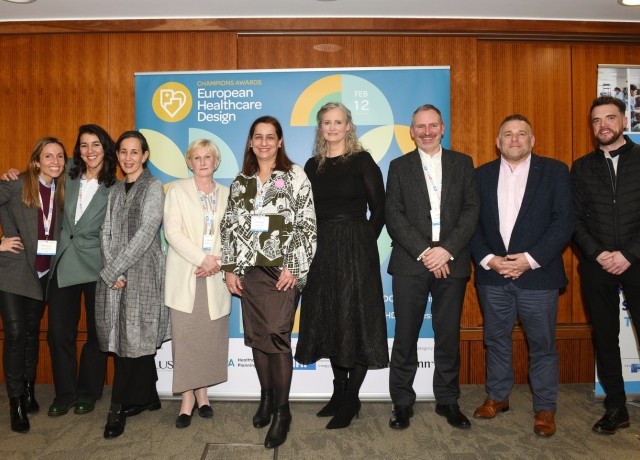Sustaining the NHS through embedding social value
Abstract
The NHS and town planning systems were established in the UK with a shared spirit of optimism for systemic change and population health improvements in their widest sense. The connection between these two distinct pieces of legislation was clearly understood by those who designed and promoted them. The nationalisation of development rights ensured minimum standards could be maintained to promote opportunities for healthy living in overcrowded cities, while the delivery of free healthcare restored the health of those who did become unwell.
Over their roughly 75-year existence, this understanding has been eroded and operations between and within these institutions have become siloed. Relatedly, the world has changed beyond recognition since the late 1940s, but the fundamental structures of the NHS and town planning system have not.
The structures of the NHS were set up in 1948 to treat a post-war population largely in need of cures to a range of infectious physical conditions, whereas today, about 70 per cent of all conditions that present to the NHS – including diabetes, depression, obesity, musculoskeletal conditions – are chronic. The Marmot Review estimated that about 40 per cent of all conditions that present to the NHS are, in fact, ‘avoidable’ – that’s billions of pounds annually on treating the symptoms, rather than the causes, of illness. All this raises an interesting question that goes to the very core of what the NHS and the wider welfare state is trying to achieve – and, as a result, where and how we allocate resource and investment.
This poster will consider if there is scope to better co-ordinate mutual benefits that support the ‘left shift’ and prevention agendas for the NHS – in turn, helping communities maintain their health, employment and local economies, thus driving sustainable growth and healthy development.
Drawing on data and anecdotal evidence from experiences working on the development of primary care infrastructure, which extends beyond the NHS’ traditional clinical remit, we’ll explore whether and how the NHS might look at innovative ways to realise this ‘social value add’ within and across its estate. This will include, through the co-location of third sector organisations in NHS buildings (either at a significantly reduced rate or free of charge), where this can be modelled to indicate a net saving to the health economy.
Learning objectives
- To learn if there is scope to better co-ordinate mutual benefits that support the ‘left shift’ and prevention agendas for the NHS
- To explore whether and how the NHS might look at innovative ways to realise this ‘social value add’ within and across its estate
- To gain insights on where and how we best allocate resource and investment in health
Event news
Investing in urban renewal and health equity
21st March 2024
Health equity: Marmot Cities
20th March 2024
Housing and health equity
20th March 2024











